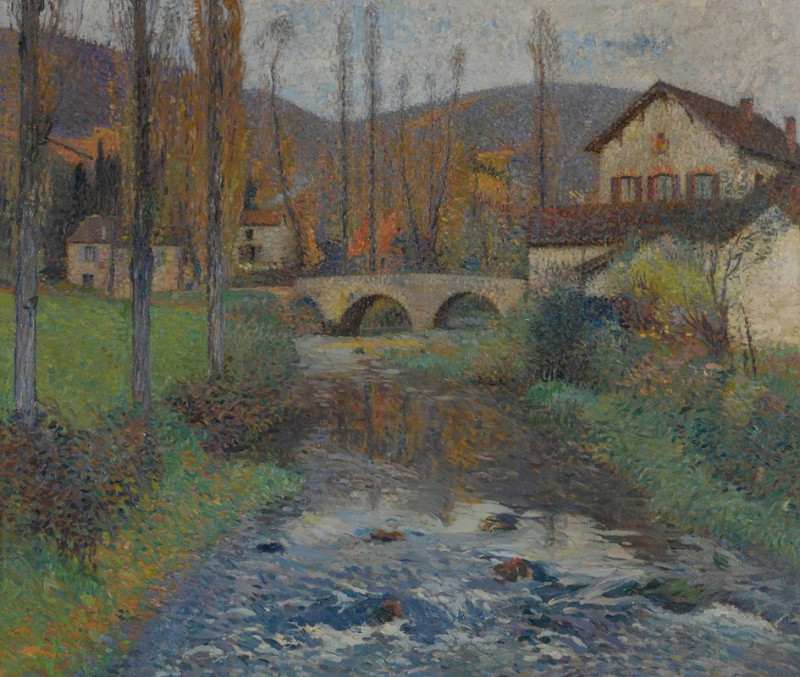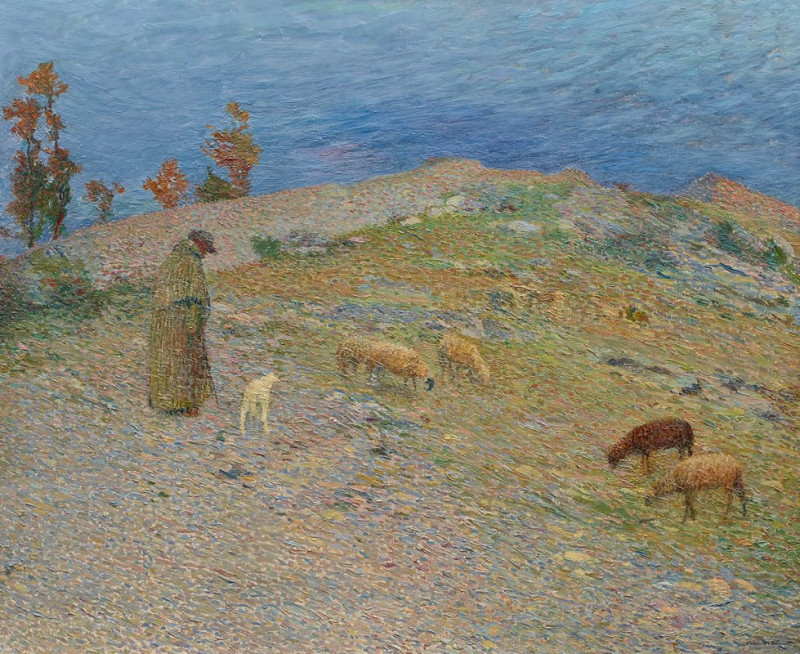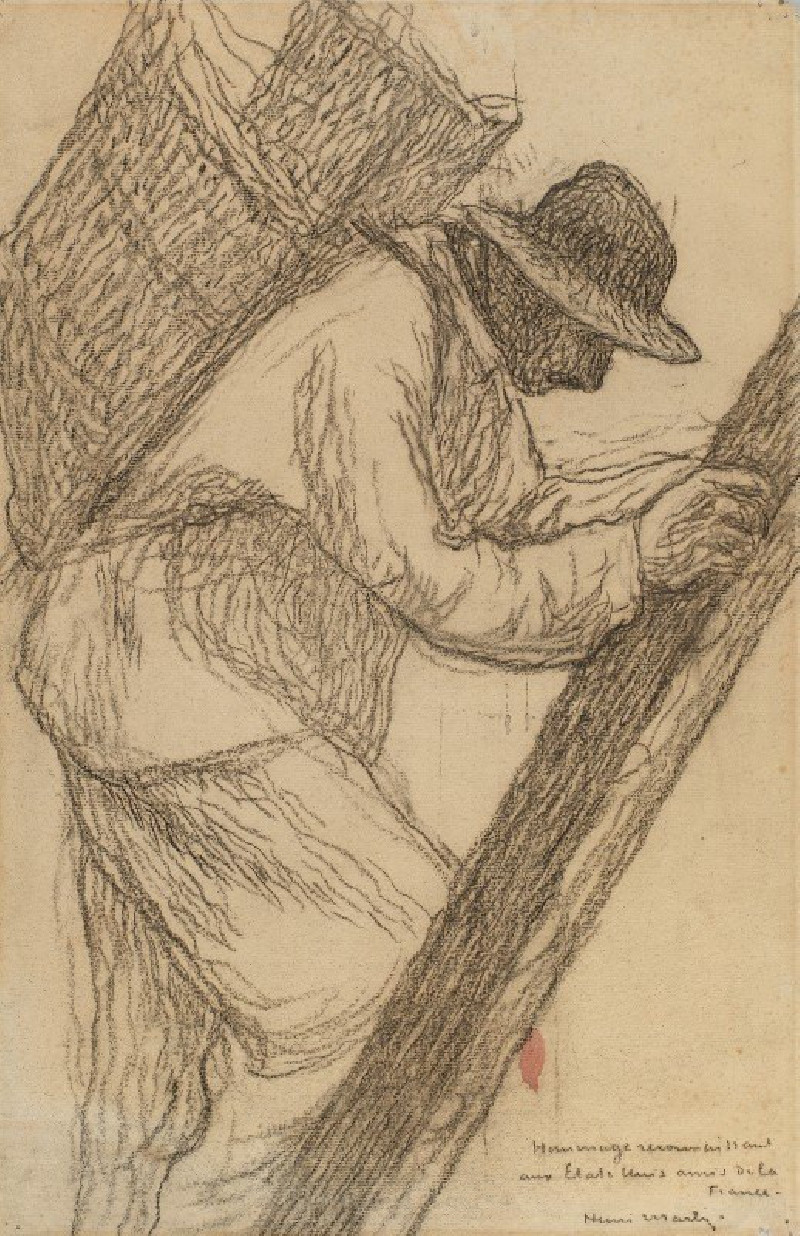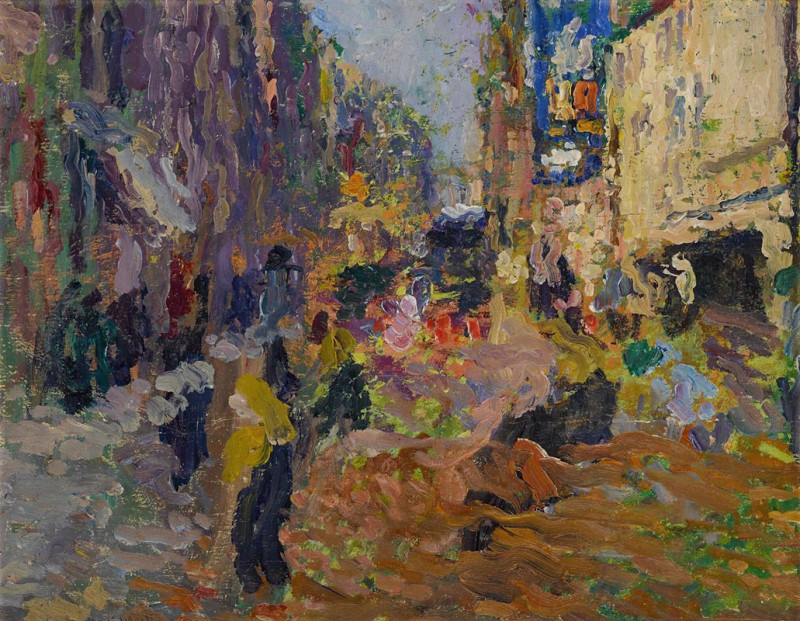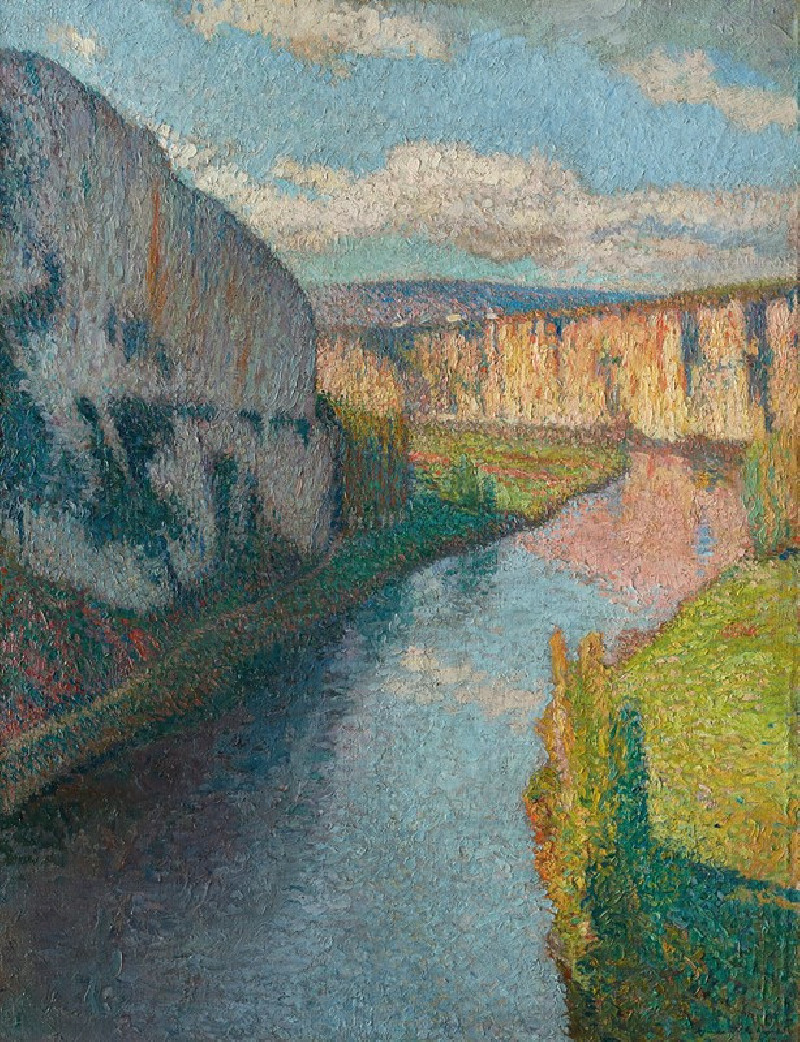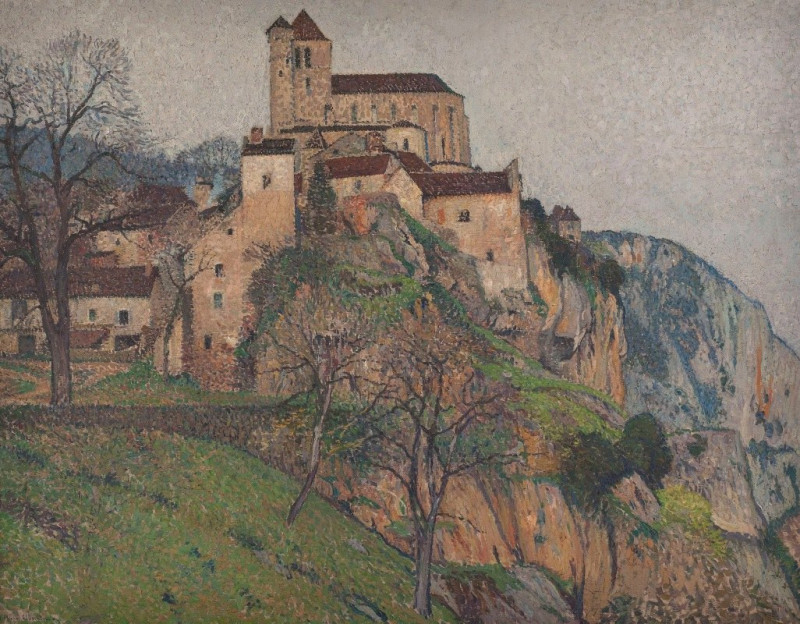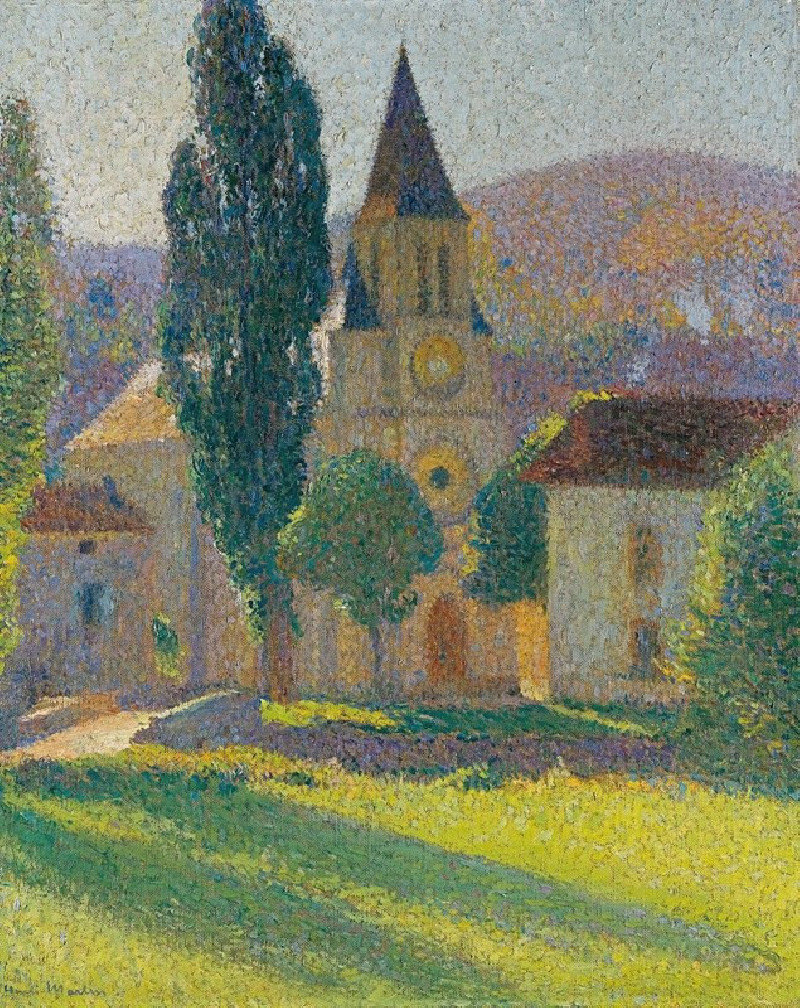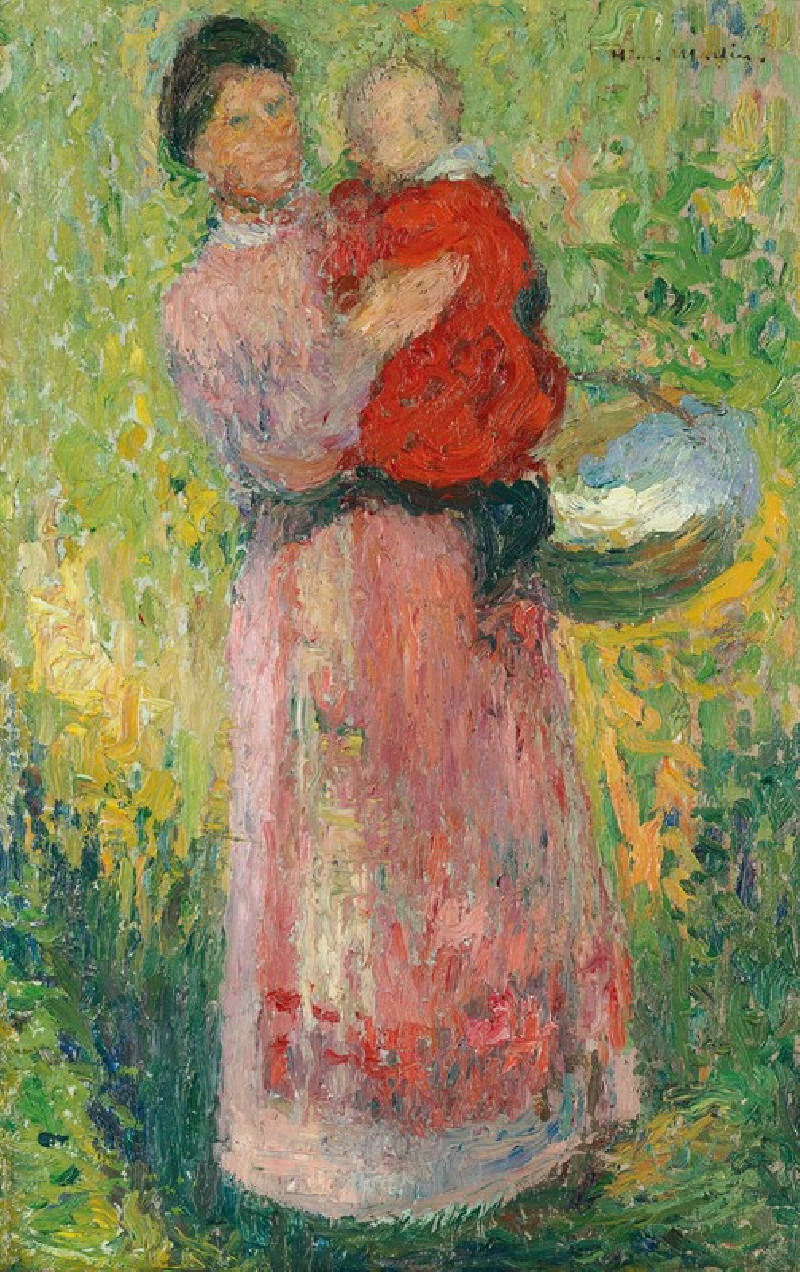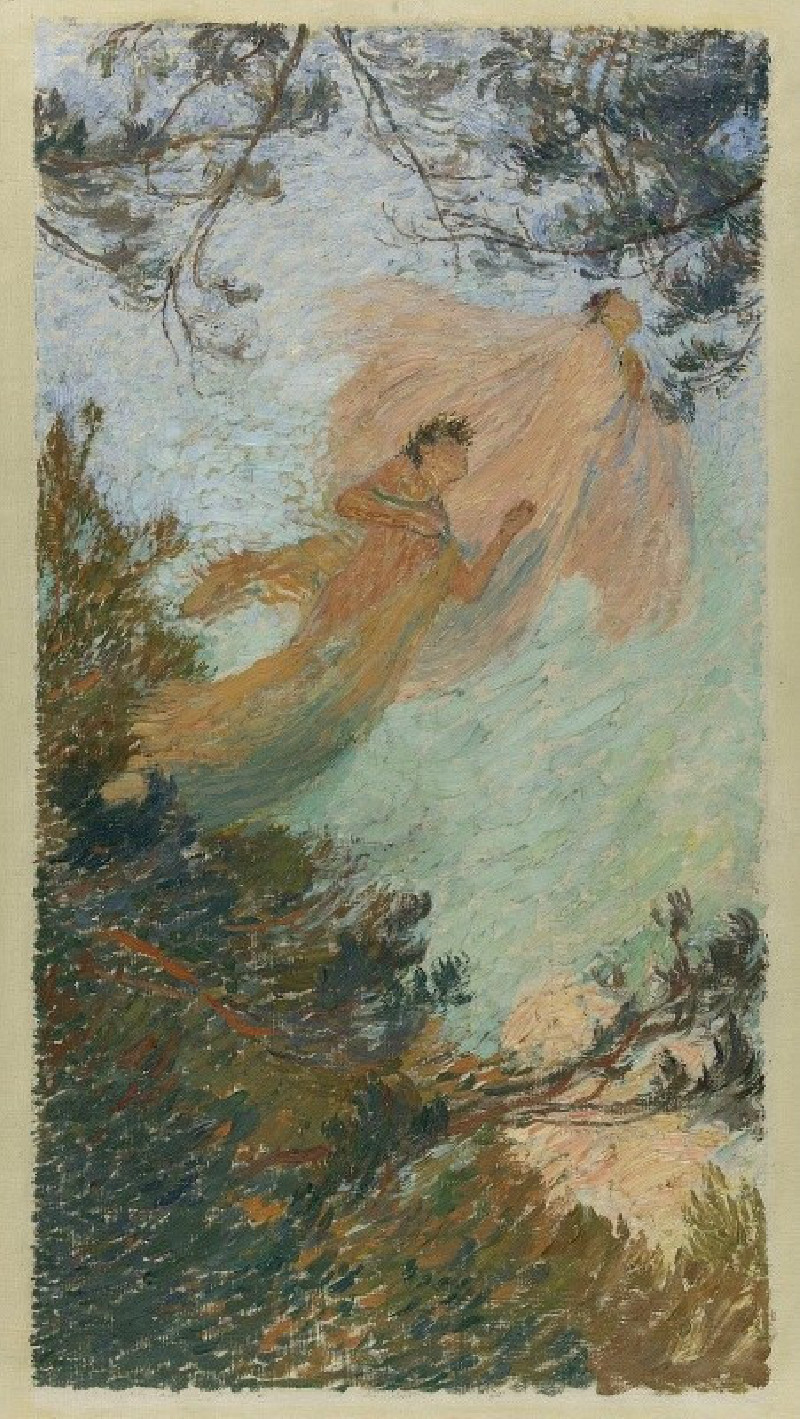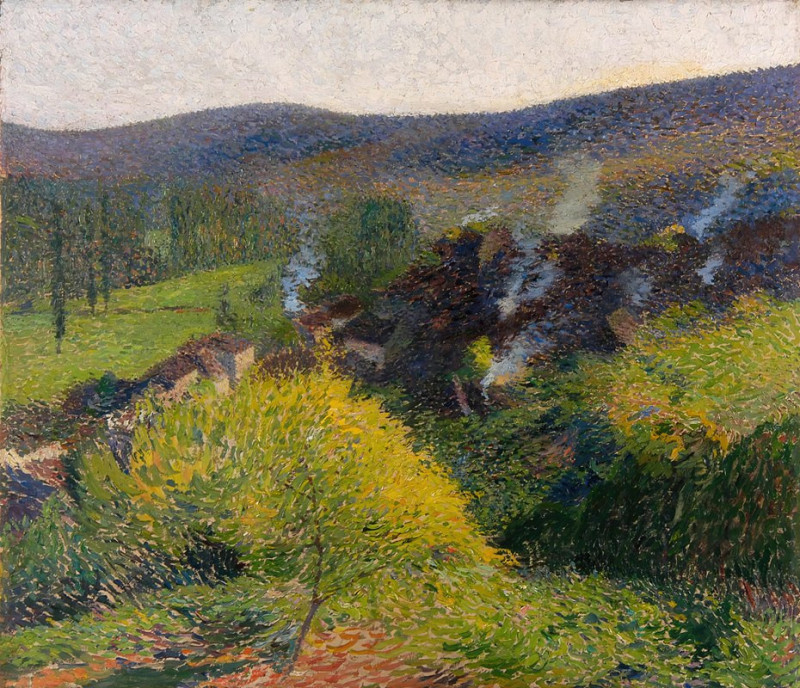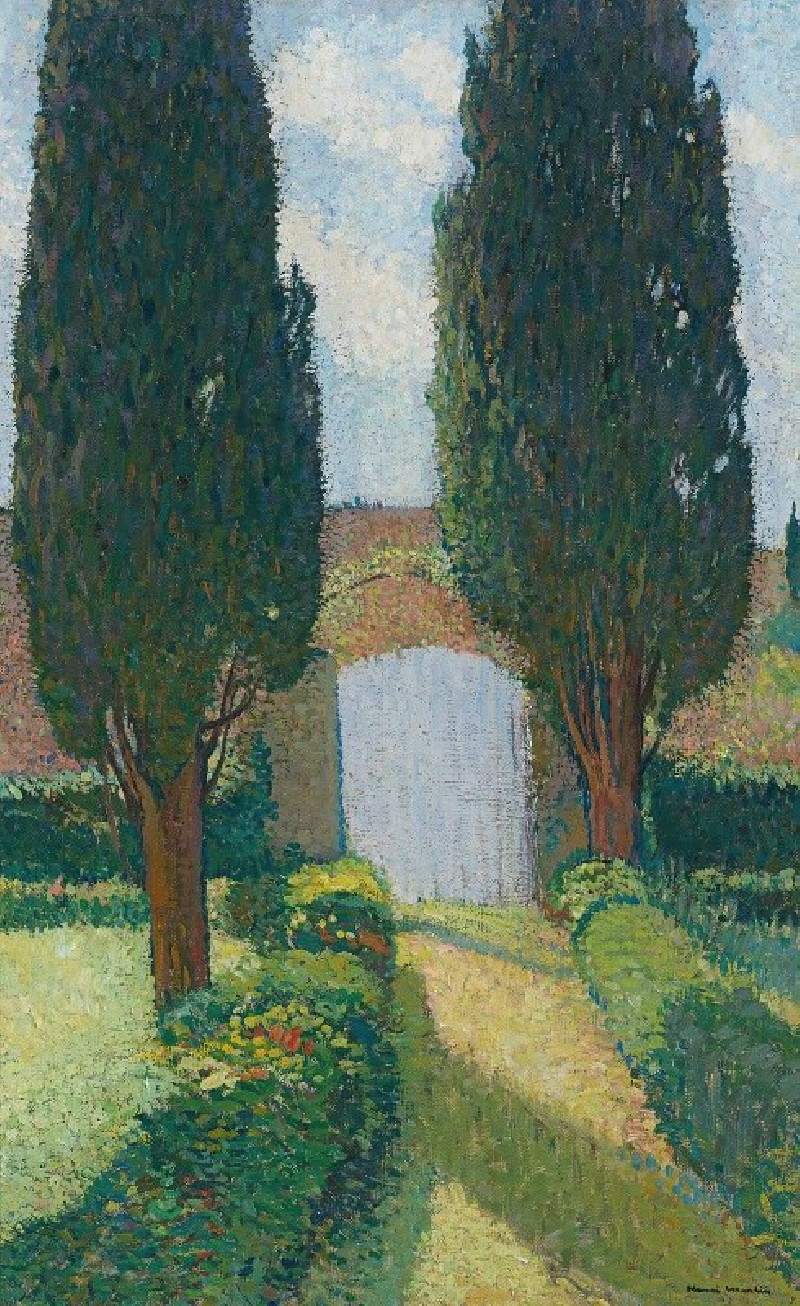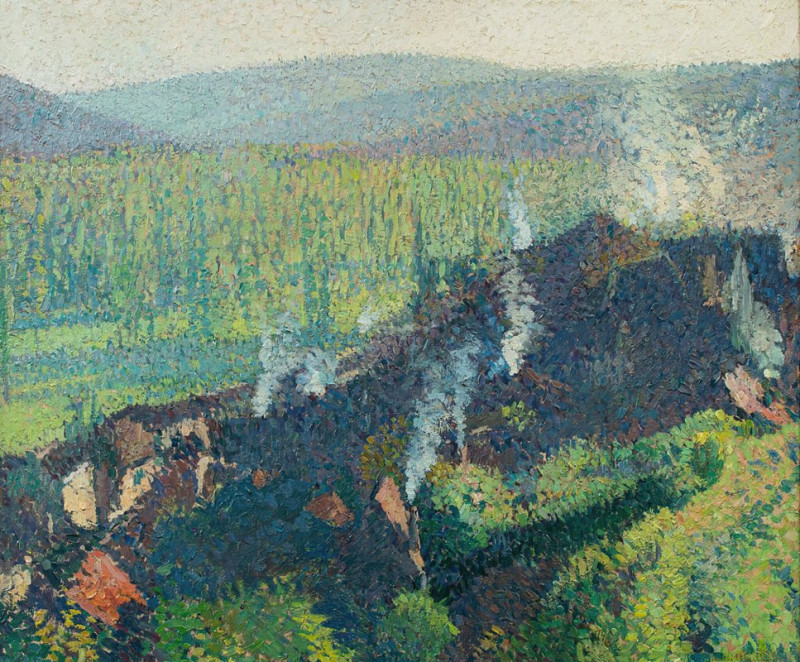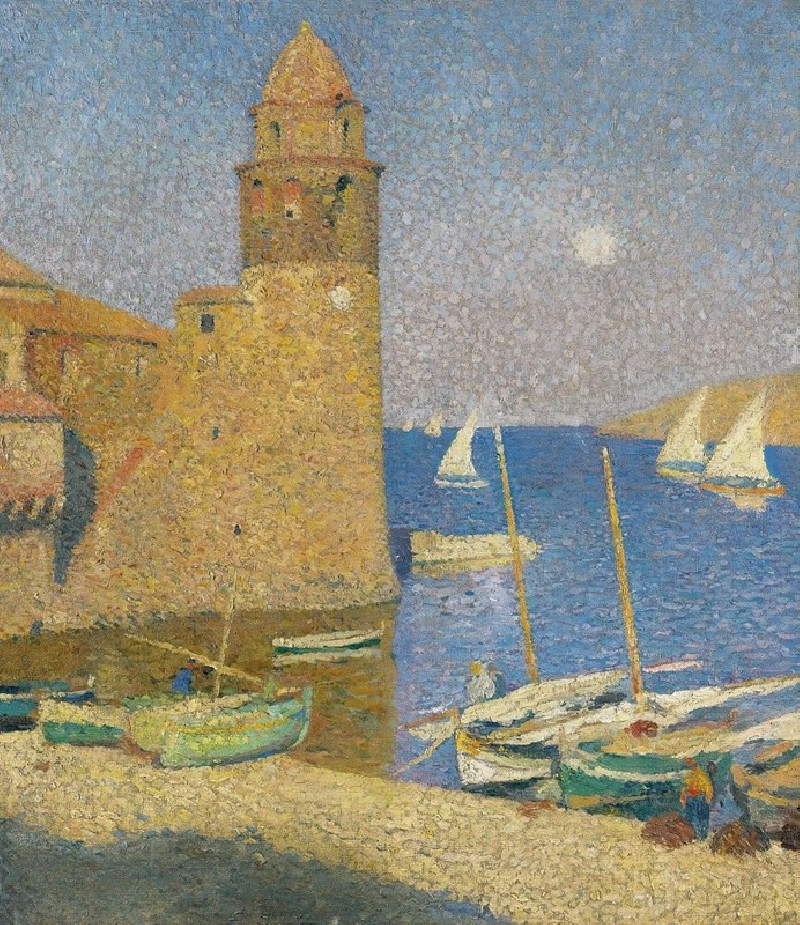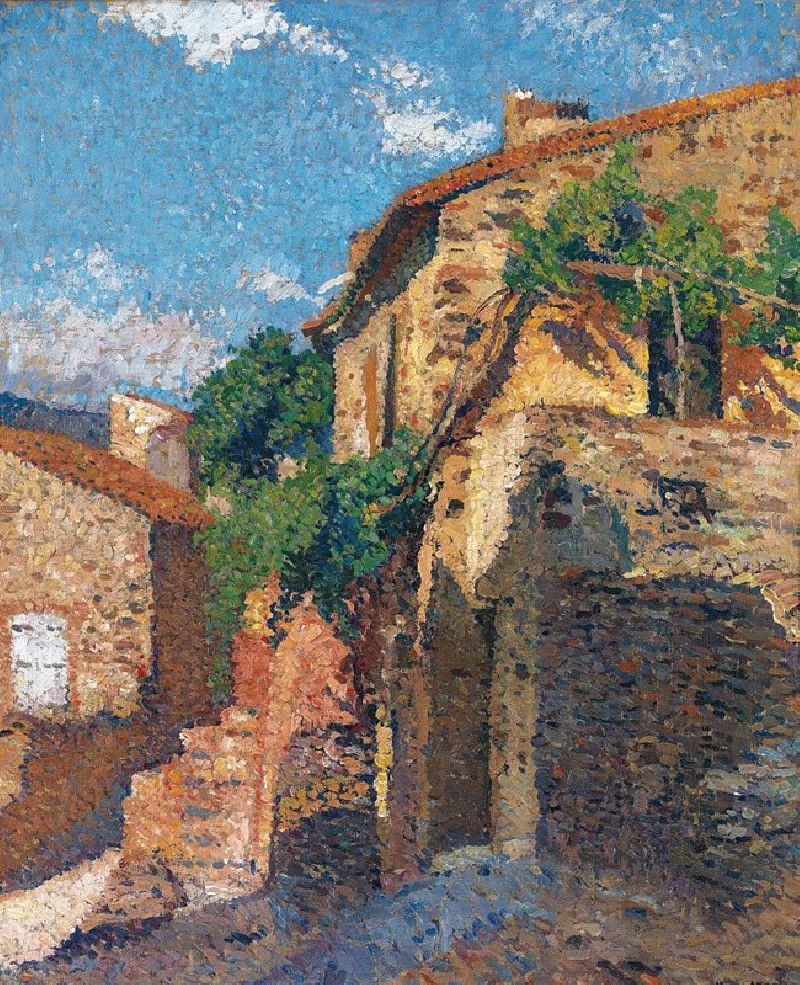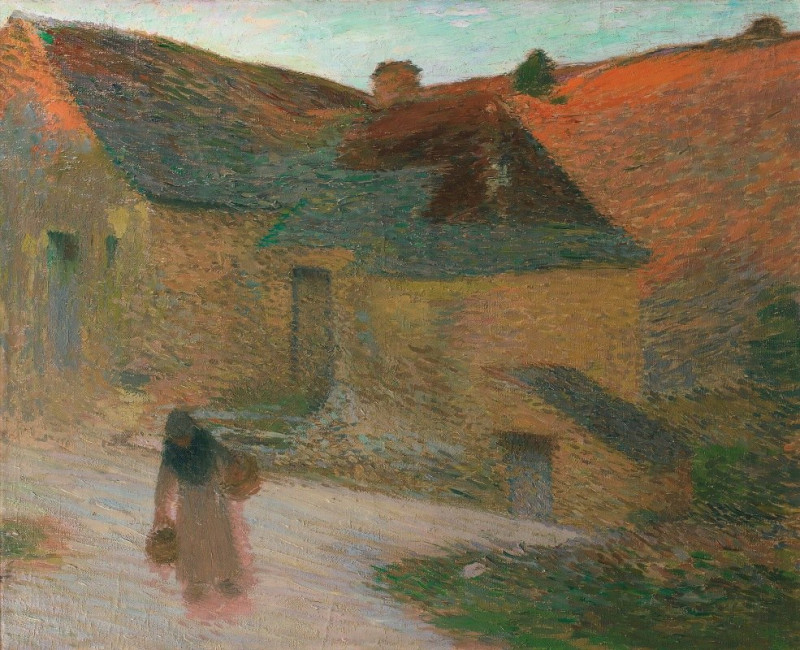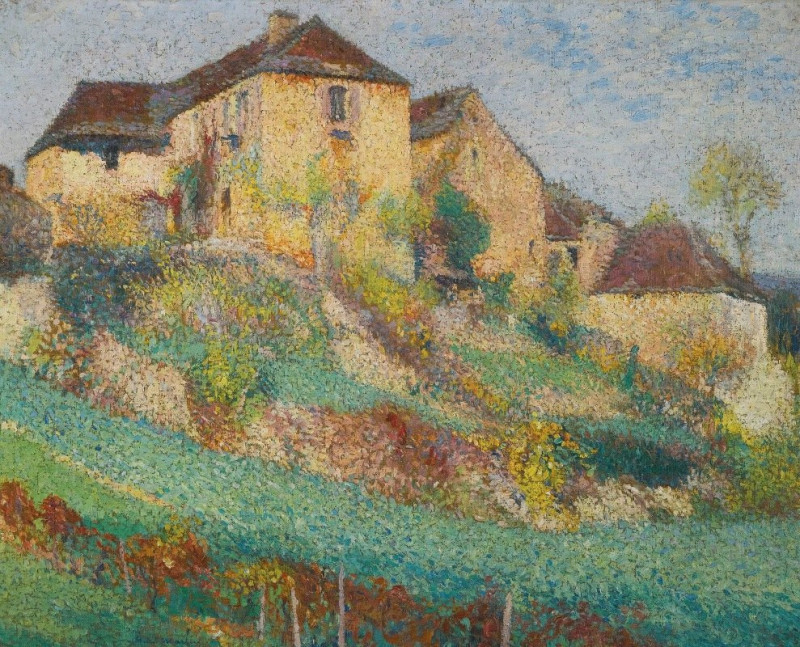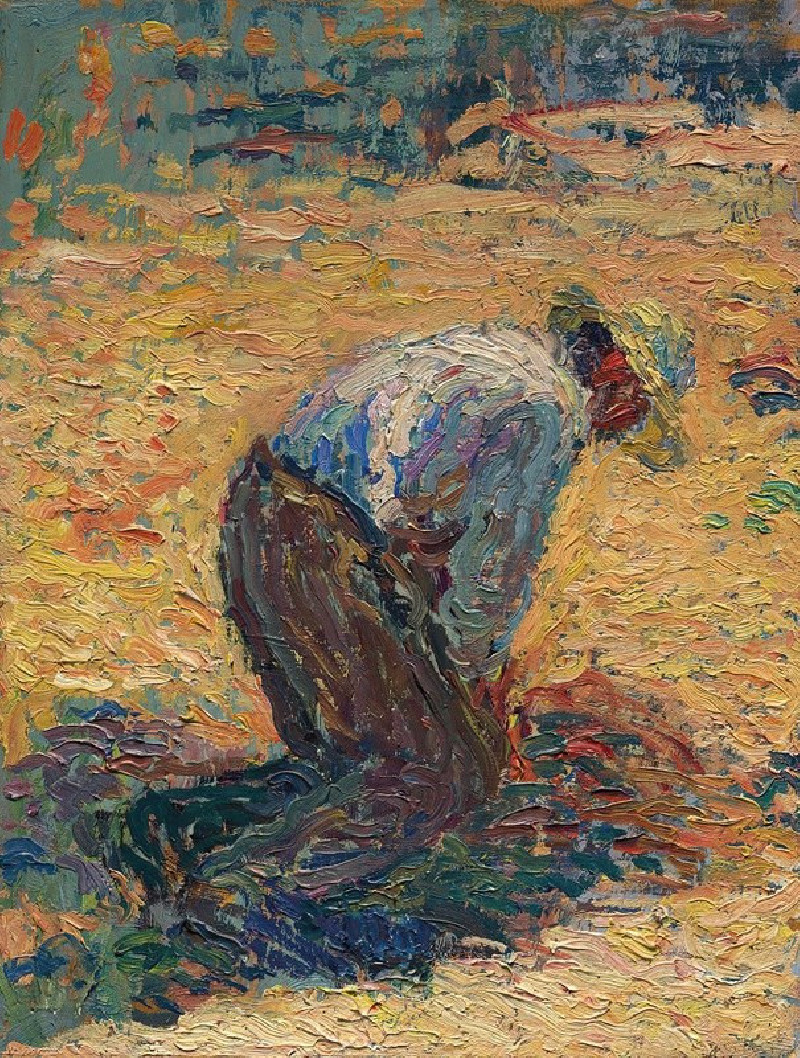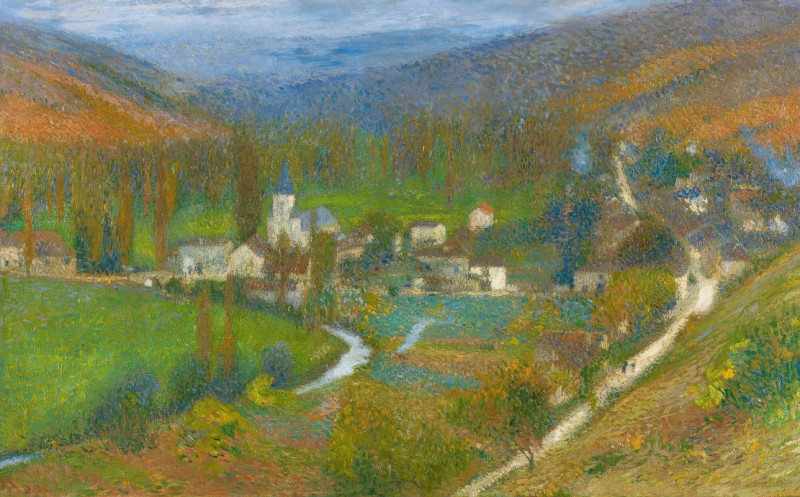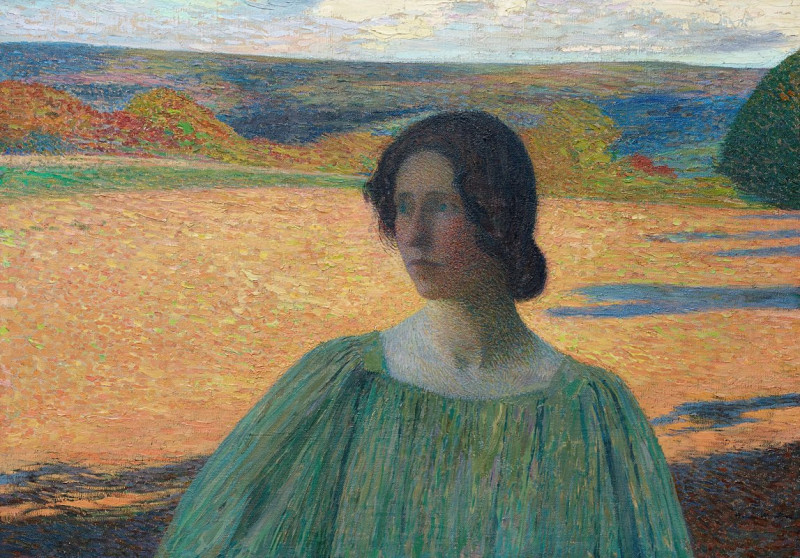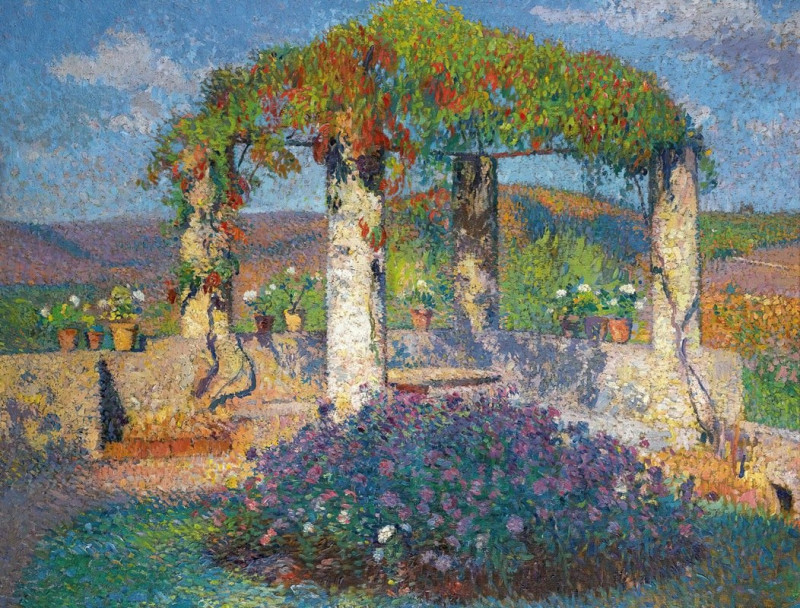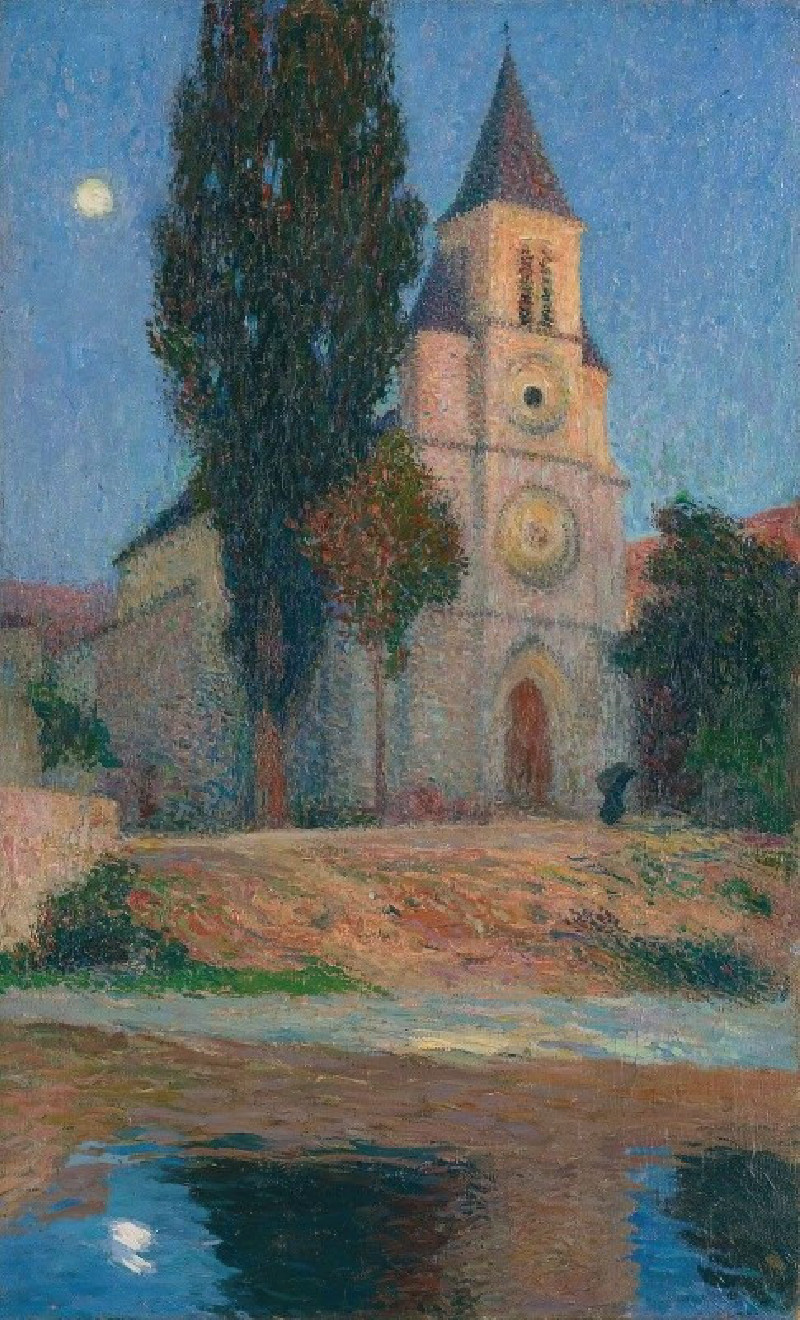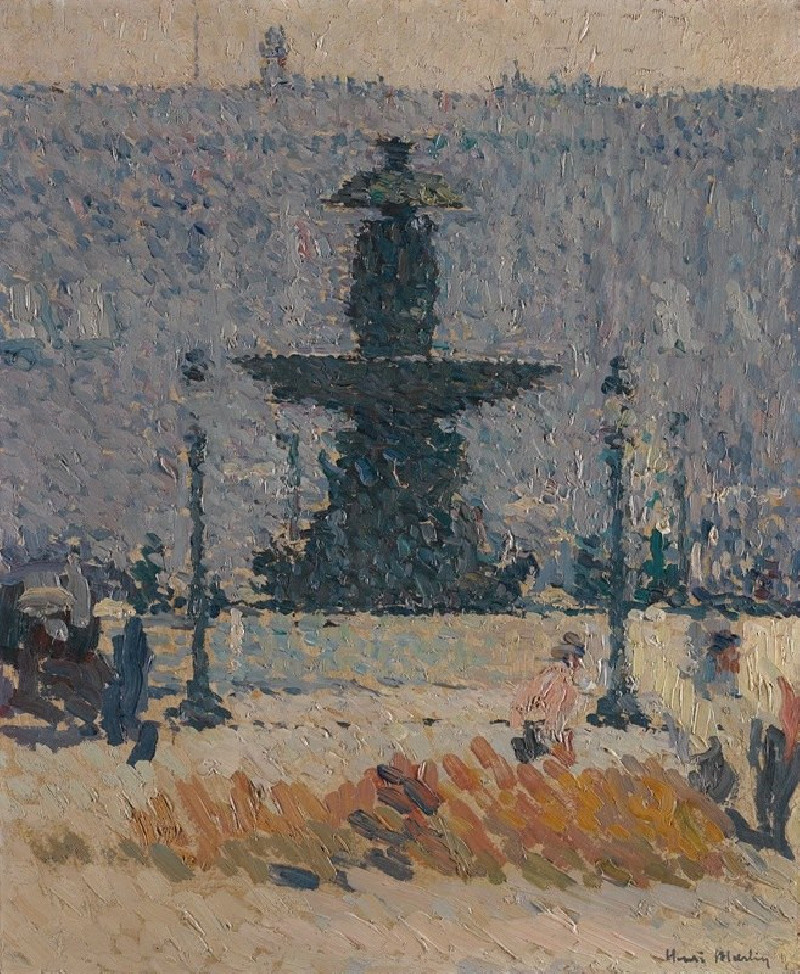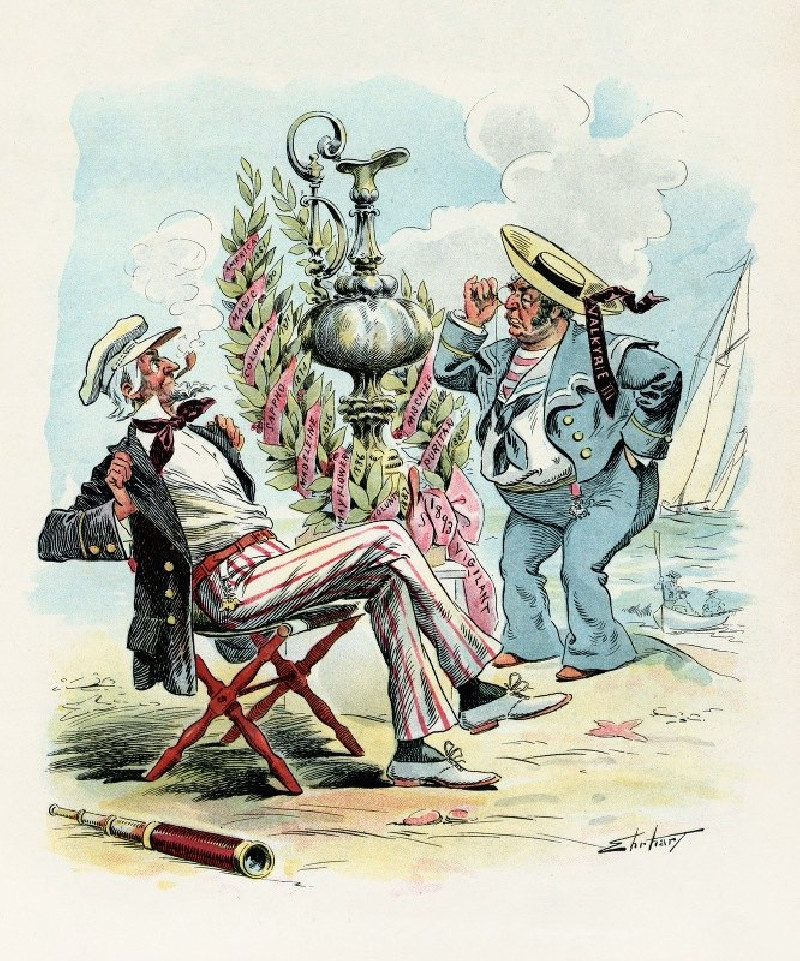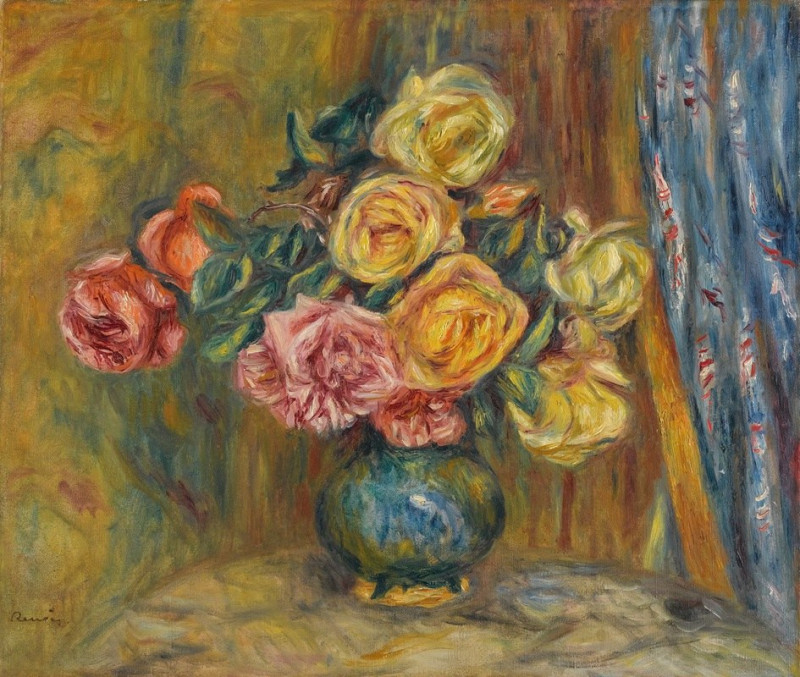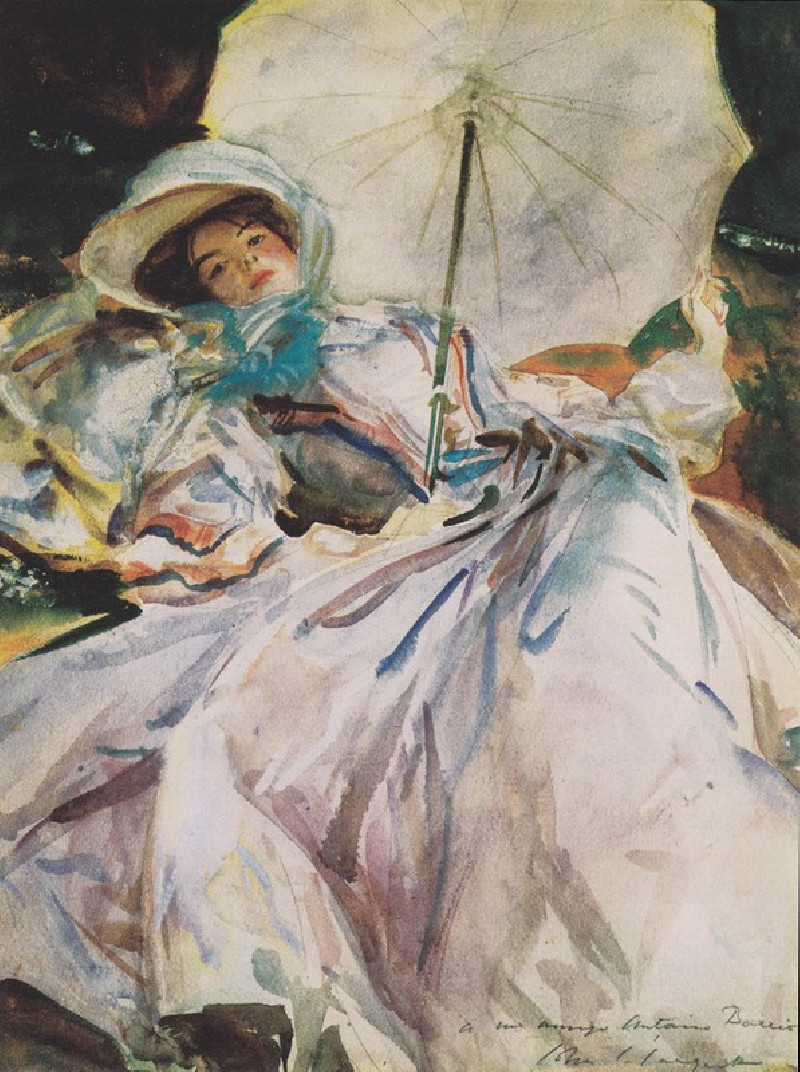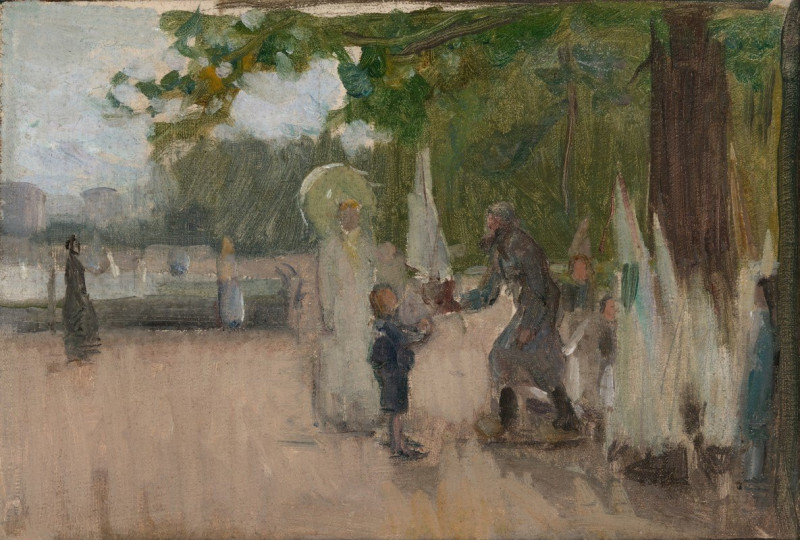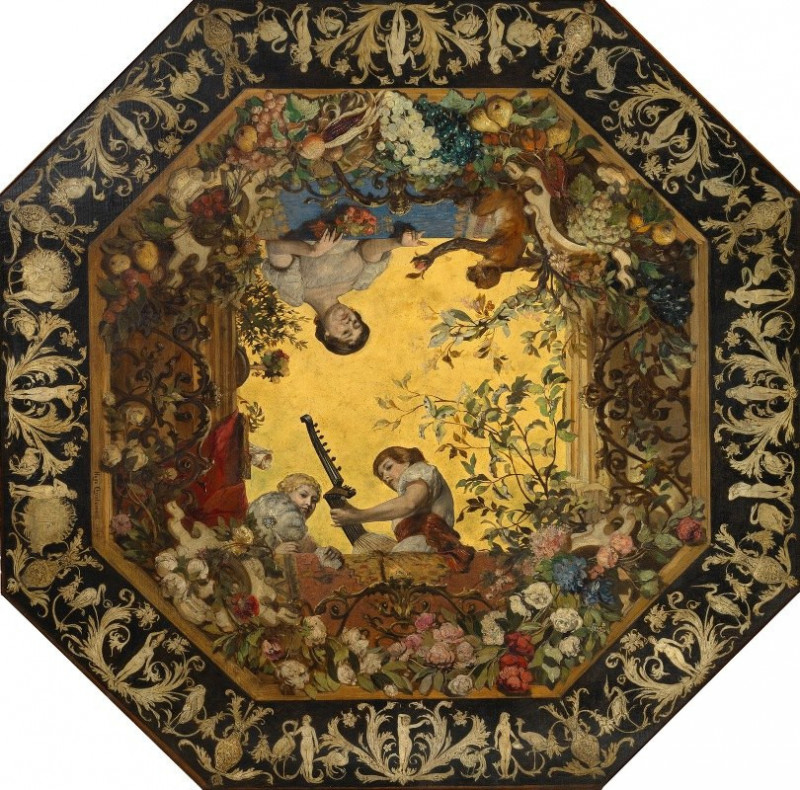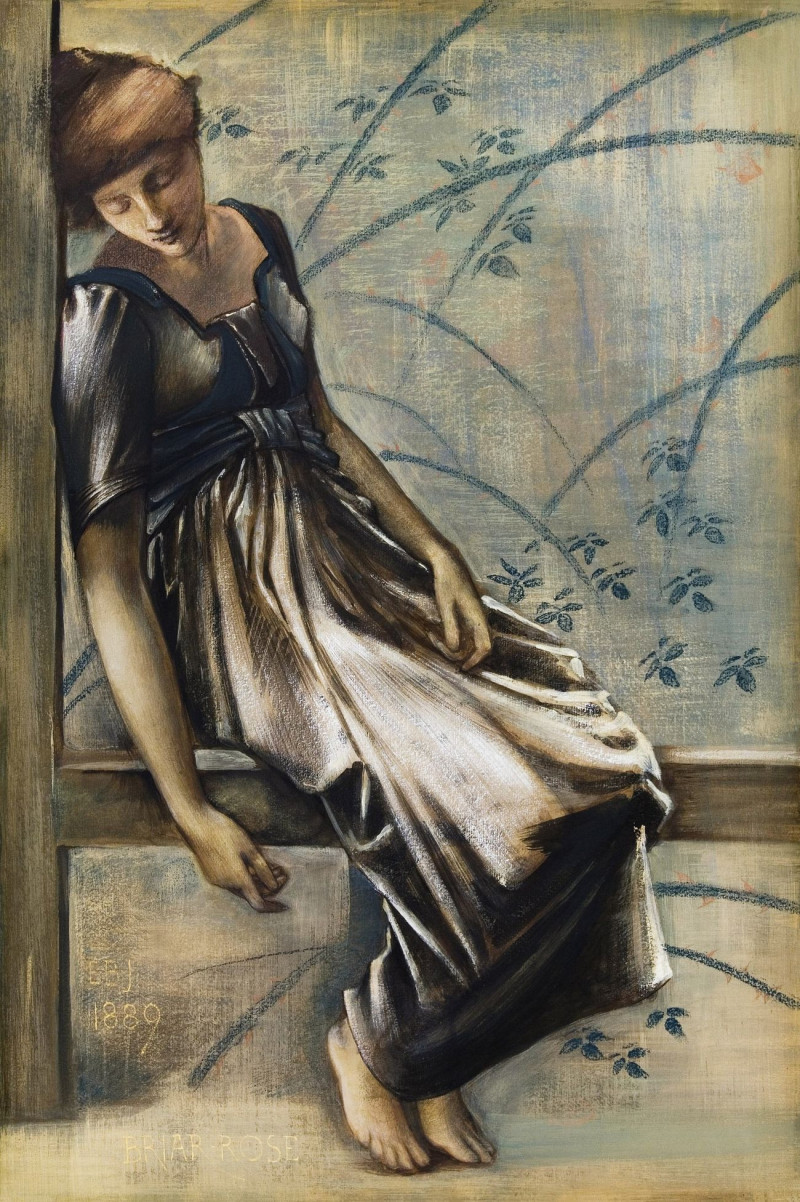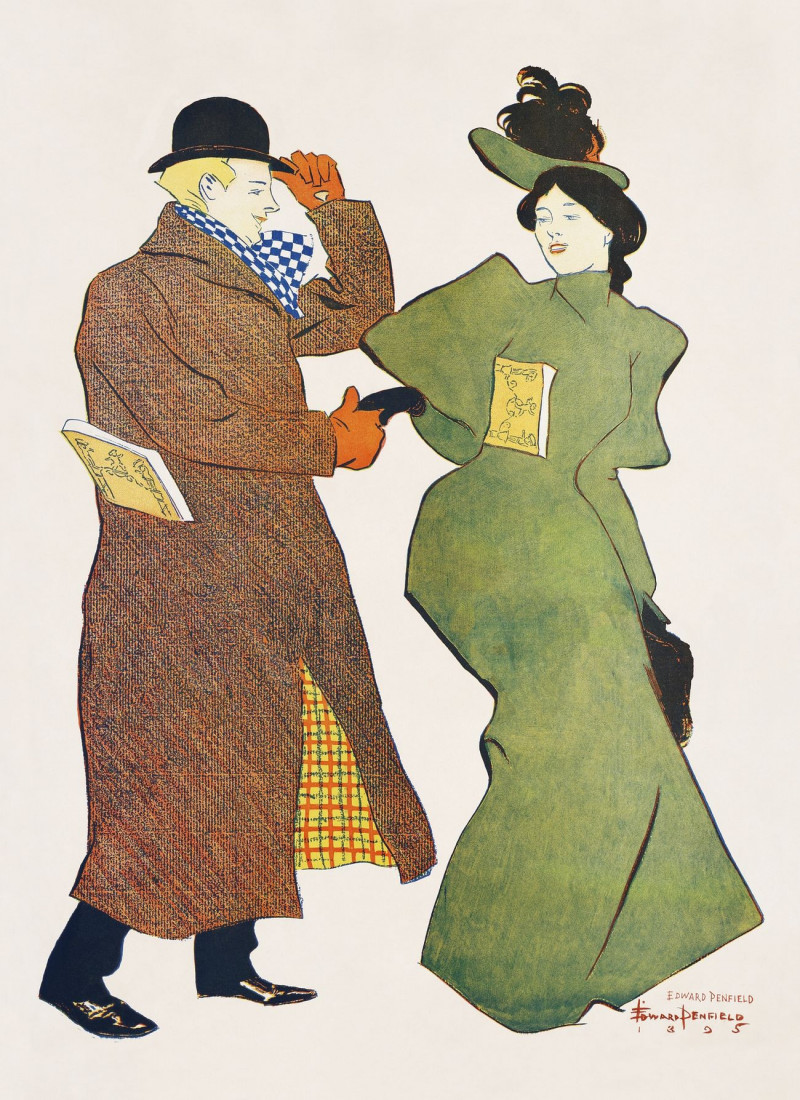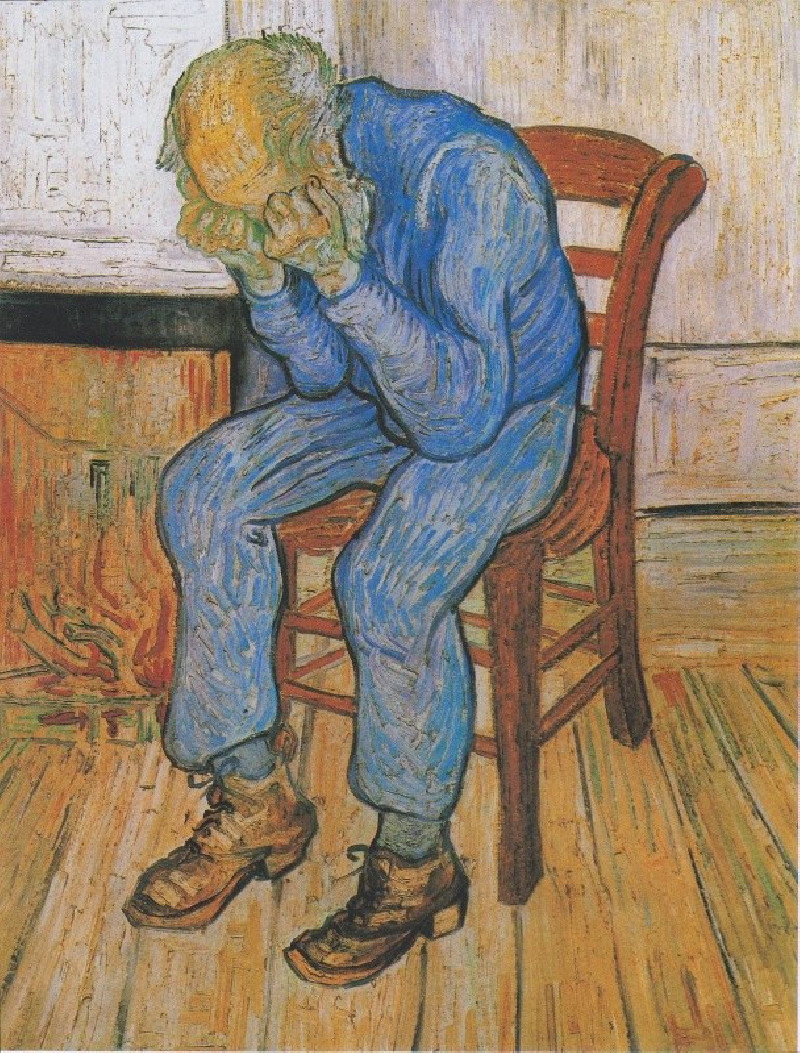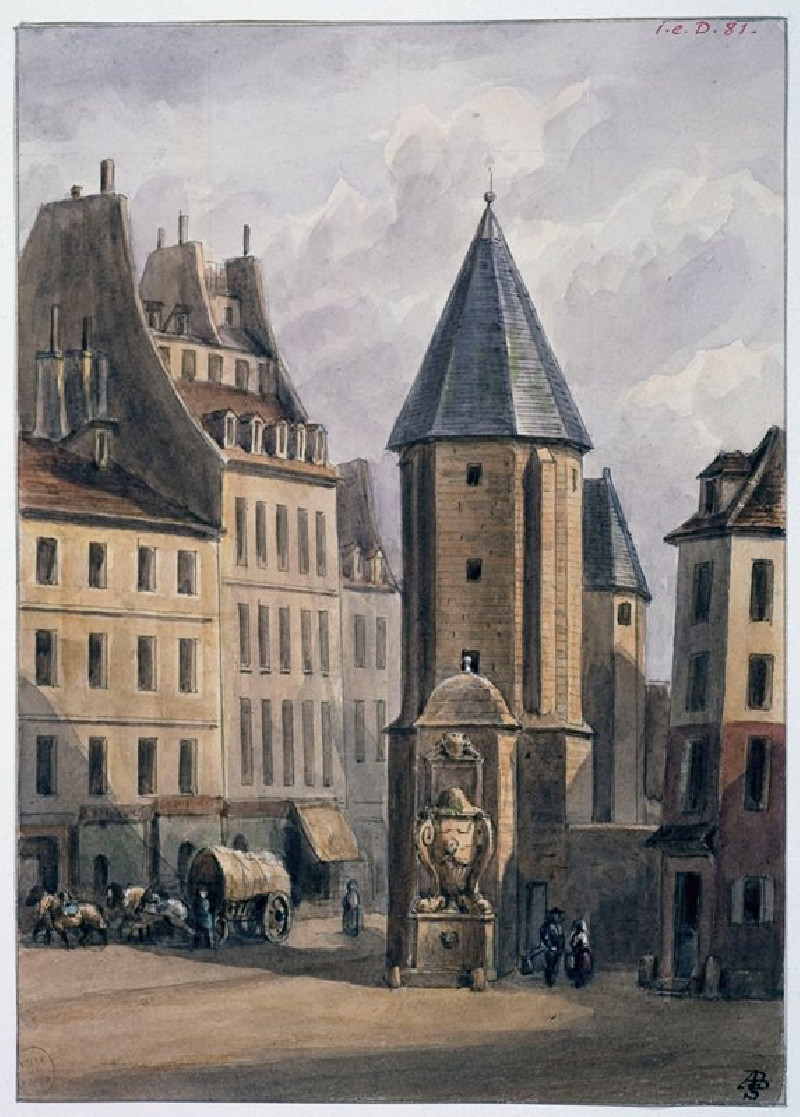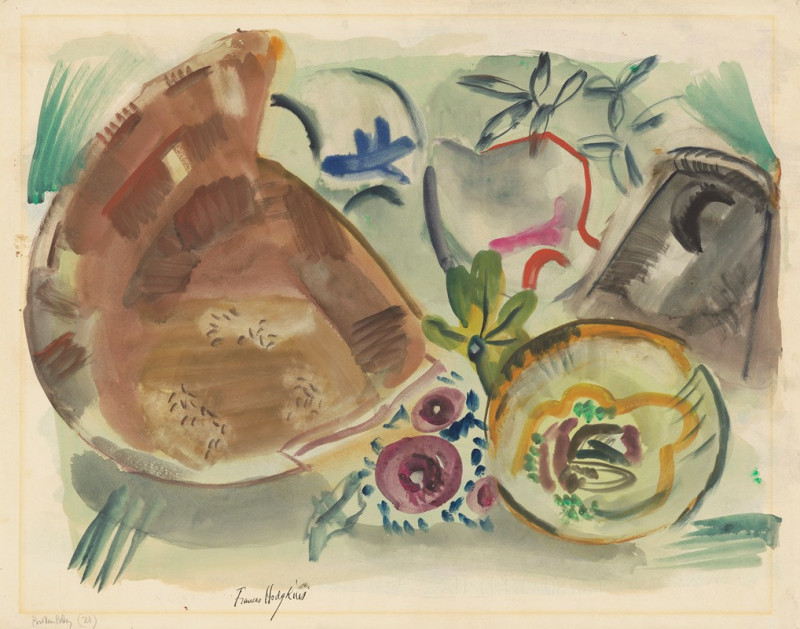Le Pont du Labastide-du-Vert (ca 1900-1905)
Technique: Giclée quality print
Recommended by our customers
More about this artwork
Henri Martin's painting titled "Le Pont du Labastide-du-Vert" impeccably captures the serene and rustic charm of the French countryside at the turn of the 20th century. Known for his distinct post-impressionist style, Martin utilizes a vibrant yet harmonious color palette to immerse viewers in a picturesque scene where nature coexists peacefully with human habitation.This artwork, dating from around 1900 to 1905, depicts a small village scene centered around a gentle stone bridge arching gracefully over a flowing river. The reflection of the bridge in the water is a soft echo of the structure itself, blurred by the ripples and currents of the stream. Surrounding the bridge and river are tall, slender trees, their autumnal colors suggesting either the early arrival of fall or the presence of a sunset bathing the scene in warm light.In the background, traditional houses with sloped roofs add a quaint, cozy feel to the landscape. The structure closest to the bridge, partially obscured by foliage, contributes a lived-in warmth, inviting one to ponder about the daily lives of its inhabitants.Martin's brushwork is meticulous and textured, a hallmark of his technique that adds depth and vibrancy to the scene. Each brush stroke plays a crucial role in creating the overall impression of a dynamic yet harmonious rural life.
Delivery
Returns
Henri-Jean Guillaume "Henri" Martin (5 August 1860 – 12 November 1943) was a French painter. Elected to the Académie des Beaux-Arts in 1917, he is known for his early 1920s work on the walls of the Salle de l'Assemblée générale, where the members of the Conseil d'État meet in the Palais-Royal in Paris. Other notable institutions that have featured his Post-Impressionist paintings in their halls through public procurement include the Élysée Palace, Sorbonne, Hôtel de Ville de Paris, Palais de Justice de Paris, as well as Capitole de Toulouse, although the Musée des Beaux-Arts de Bordeaux and Musée des Augustins also have sizeable public collections.

